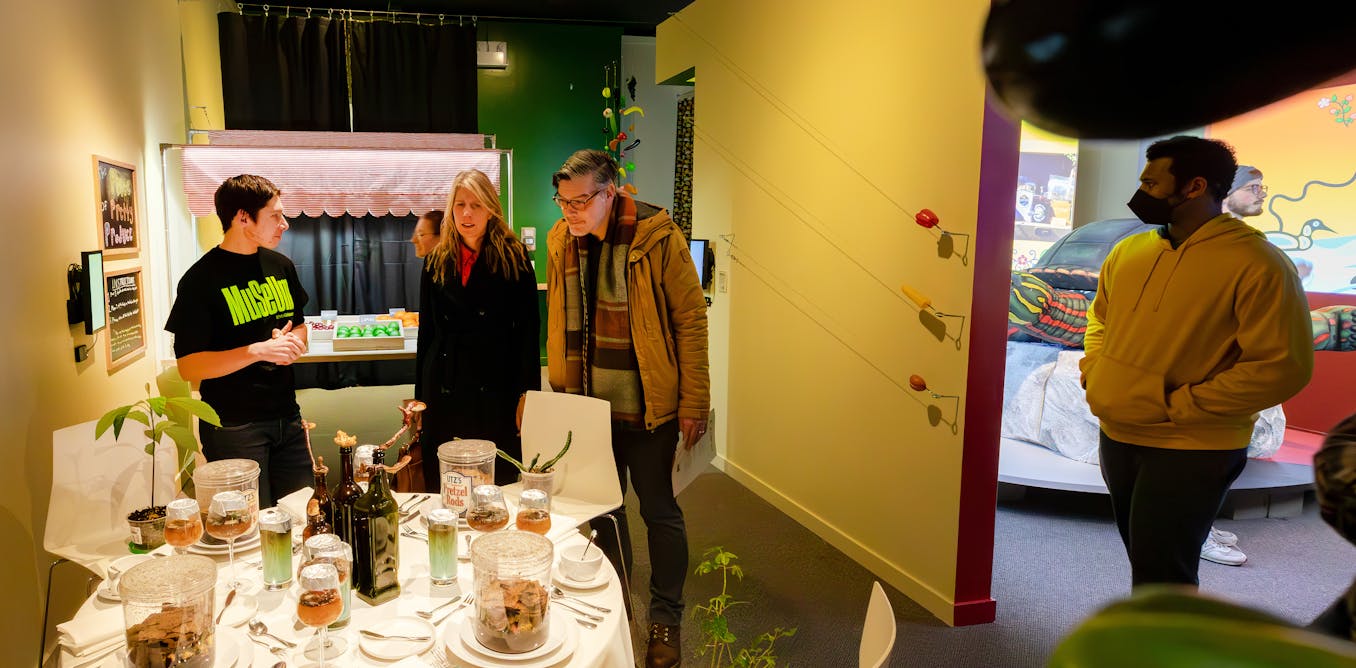After winning the recent provincial election, the Saskatchewan Party’s Scott Moe promised a “strong economy, bright future.”
But does a strong economy necessarily guarantee a bright future?
Between 1998 and 2018, Saskatchewan’s gross domestic product (GDP) grew by 45 per cent, making it the fourth largest in Canada.
Even after the impact of the COVID-19 pandemic, Saskatchewan led the nation in economic growth, registering a hike of six per cent.
Over the same 20 years, however, Saskatchewan’s well-being increased by only 13 per cent, according to the Saskatchewan Index of Wellbeing.
This lag in well-being has only amplified the struggles of the province’s citizens in terms of drug use, youth mental health, homelessness and hate crimes.
Evidently, and despite its impressive magnitude, Saskatchewan’s economic growth alone does not fully reflect the province’s progress in terms of citizen well-being.
What is well-being?
Well-being is a multi-dimensional concept that goes beyond the level or rate of growth of GDP and can illuminate ongoing major policy challenges. GDP, on the other hand, is one-dimensional, developed prior to the Second World War and well before today’s significant policy concerns.
As defined by the Saskatchewan Index of Wellbeing, it’s achieved when people are physically, emotionally and spiritually healthy; economically secure; have a strong sense of identity, belonging and place; and have the confidence and capacity to engage as citizens.
Well-being encompasses many aspects that make our lives good — happiness and wellness at the personal level, strong social capital and belonging at the community level. These aspects can then form a strong foundation to tackle larger issues at the societal level such as social justice and environmental sustainability.
THE CANADIAN PRESS/Heywood Yu
International well-being initiatives
Many countries, including Canada with its Canadian Index of Wellbeing, have not only developed well-being frameworks but many now routinely collect and publish well-being indicators.
A handful of jurisdictions — like France, Italy and Sweden — have also begun including quality-of-life measures as benchmarks of their progress.
New Zealand even formally budgets for well-being and released its first Wellbeing Budget in 2019.
Regardless of geography or political structure, one common motivation for developing these well-being frameworks is a recognition that economic metrics such as GDP are insufficient to measure a country’s human and environmental progress.
Read more:
Australia’s wellbeing budget: what we can – and can’t – learn from NZ
A well-being approach to policy
For an effective path forward, citizen well-being should be a guiding principle for government leaders. Community Initiatives Fund and Heritage Saskatchewan, joint forces behind the Saskatchewan Index of Wellbeing, have long called on decision-makers to incorporate well-being into policy.
The federal government has recently introduced the Quality-of-Life Framework as its first step towards integrating well-being into policymaking. But are these efforts reaching local governments, which carry a regulatory duty of fostering citizen well-being?
I partnered with the Community Initiatives Fund and Heritage Saskatchewan to survey more than 25 per cent of rural and urban municipalities in Saskatchewan on what’s facilitated or hindered the adoption of well-being into policy in their communities.

THE CANADIAN PRESS/Heywood Yu
We learned that only 17 per cent of our participating municipalities adopted a well-being approach in their official community plans, although 55 per cent of them consider community well-being elements when developing policies and budgets.
Additionally, 46 per cent are interested in adopting a well-being approach but have cited lack of financial and human resources, time, community and team support as key challenges in shifting to a well-being approach.
Finally, we learned that arts, culture and sports amenities were identified as a pressing community need by 36 per cent of our respondents, compared to only six per cent referencing economic sustainability and growth.
Our findings also support existing evidence that rural communities become stronger when they value well-being more than economic growth.
Municipal action required
As the government level closest to the people, municipalities matter. Services provided by local authorities define citizens’ well-being and their quality of life. Also, local efforts have the potential to inspire province-wide change.

THE CANADIAN PRESS/Heywood Yu
With urban municipalities in Saskatchewan gearing up for their own elections on Nov. 13, it’s a good time to consider prioritizing community well-being.
In the words of Jacinda Ardern, the former prime minister of New Zealand: “Growth alone does not lead to a great country …. so it’s time to focus on those things that do.”
For real change to occur, well-being should lie at the heart of policymaking.

The post “Scott Moe won in Saskatchewan promising economic prosperity, but does that truly help citizens?” by Iryna Khovrenkov, Associate Professor, Johnson Shoyama Graduate School of Public Policy, University of Regina was published on 11/04/2024 by theconversation.com





































Leave a Reply